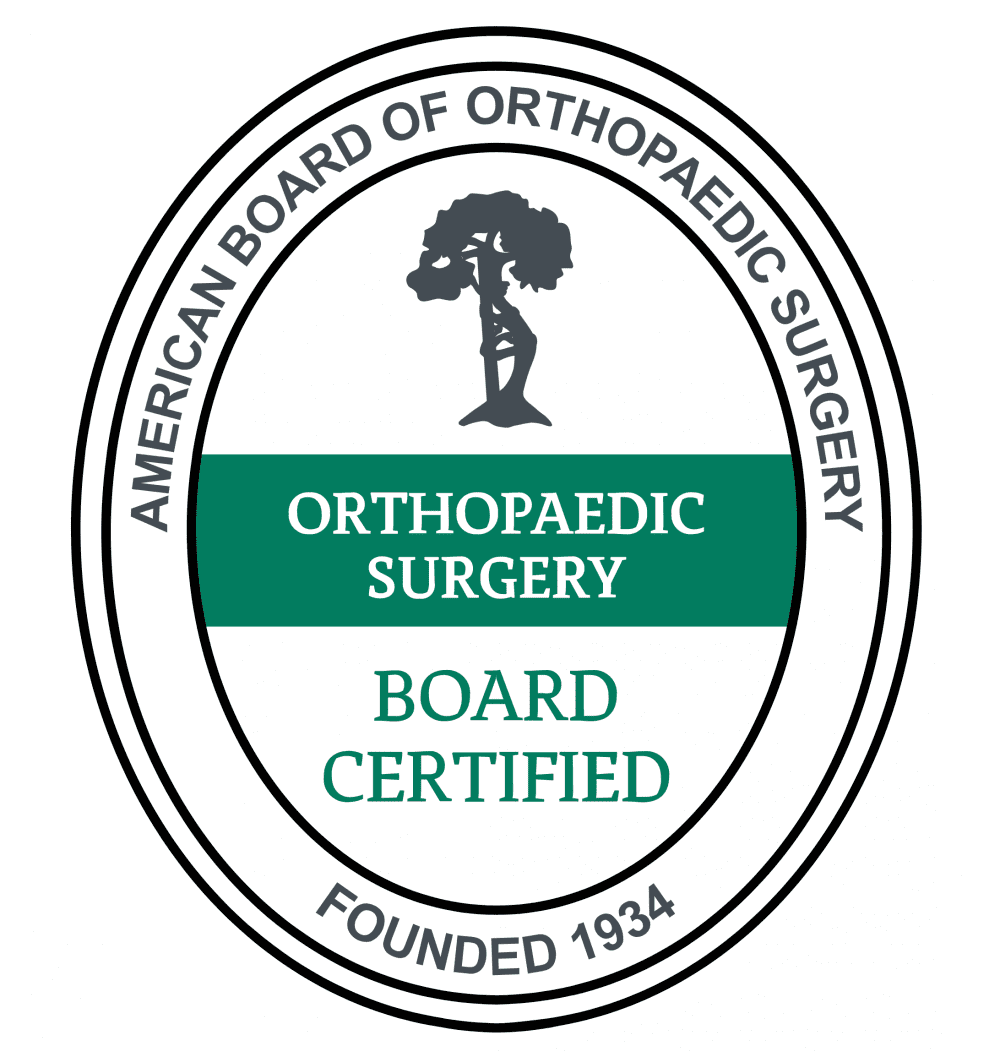
A full-body exercise can help you increase your fitness and strengthen your muscles. A complete body workout has many benefits. For example, they can be done in half an hour. By targeting multiple muscles at once, a full body workout can help you reach your fitness goals. This is one way to get a complete workout. It can also improve your musculature balance and tensegrity.
Squats can be used to strengthen all muscle groups. Squats are focused on the core, back, shoulders and back. You can do squats during any time, even on your lunch break. All you need to do is pull your shoulders, butts, and hips back while keeping your thighs parallel to the floor. Be sure to use your heels for support as you lower your body.

The burpee is another great full body exercise. You will work your entire body with the legs hitting hard on the ground. It will engage your core and upper body. It will get your heart rate going even when you're just sitting. Rowers can be used for HIIT training and low intensity steady sessions. You can also strengthen your lower body with rowers. You can do a variety of different exercises with a rower.
Squats can be done at any time and are great for your entire body. They can help you get in shape and lose weight. They are also easy to do anywhere. They can be used as a warm-up exercise or full body workout. You can use almost any environment to get a full-body workout. These are just a few of the best body exercises. To avoid injury, make sure you do them safely.
The pull up is one of the best full body exercises you can do for beginners. You can strengthen every muscle with the pull up. It works all of your body, even your legs. It can also be used to tone and burn fat. If you want to do a full-body workout, you can also do it at home. This is an excellent way to build your body and fitness.

The best full body exercise will target multiple muscle groups and be a great way to build strength. Push-ups are great for building strength and control. It will help to lose fat and increase muscular mass if these exercises are done correctly. A strong core is also a result of a good full-body exercise. It will tone and improve the health of your whole body.
FAQ
Do I need to count calories?
It is possible to wonder "What diet is best for me?" or "is counting calories necessary?" The answer is dependent on several factors like your current health status, personal goals, your lifestyle, and your preferences.
The Best Diet for me - Which One Is Right for You?
My current health status, personal goals, preferences, and overall lifestyle all play a role in choosing the right diet. There are many good and bad diets. Some work well for certain people while others don't. So what should I do? How can I make the right choice?
These are the questions this article will answer. This article begins with a brief overview of the various types of diets that are available today. After that, you will learn about the pros and disadvantages of each type. The final step is to determine which one is right for you.
Let's begin by briefly reviewing the different types and diets.
Diet Types
There are three main types of diets: low fat, high protein, and ketogenic. Let's take a look at them all below.
Low Fat Diets
A low fat diet is a diet that restricts the amount of fats consumed. This is done through reducing the intake of saturated fats (butter, cream cheese, etc.) You can replace them with unsaturated oils (olive oil and avocados) For those looking to lose weight quickly, a low-fat diet is often recommended. This diet can cause problems such constipation as heartburn, indigestion, and even stomach pain. If a person doesn’t receive enough vitamins from their foods, this can lead to vitamin deficiency.
High Protein Diets
High protein diets discourage carbohydrates and encourage the use of proteins. These diets have higher protein levels than other diets. They are meant to help build muscle mass and burn more calories. One problem is that they might not be sufficient to provide regular nutrition. They are not suitable for all people because they can be restrictive.
Ketogenic Diets
Ketogenic diets also go by the name keto diets. They are high fat and moderately carbohydrate and protein-rich. These are often used by bodybuilders and athletes because they allow them the ability to train harder and for longer periods of time without feeling tired. To avoid side effects such as fatigue, nausea, headaches, or other unpleasant side effects, you must strictly adhere to their instructions.
What is the best way to eat?
Your lifestyle and individual needs will determine the best diet for your body. Consider how much energy and low-calorie foods you consume, as well as whether or not you are a fan of fruits and vegetables.
Intermittent fasting may be a good choice if you want to lose weight. Intermittent fasting is a way to eat only certain meals during the day instead of three large meals. You may find that this method works better for you than traditional diets that include daily calorie counts.
Intermittent fasting has been shown to improve insulin sensitivity, reduce inflammation and lower the risk of developing diabetes. Some research also suggests that intermittent fasting might promote fat loss, and improve overall body composition.
Exercise: Good or Bad for Immunity?
Exercise is good for your immune systems. Your body makes white blood cells that fight infections when you exercise. You also get rid of toxins from your body. Exercise can help prevent heart disease and cancer. It reduces stress.
Exercising too often can cause your immune system to be weaker. You can cause muscle soreness by working out too hard. This can cause inflammation and swelling. To fight infection, your body will produce more antibodies. However, these antibodies can also cause allergic reactions and autoimmune diseases.
So, don't overdo it!
Statistics
- Extra virgin olive oil may benefit heart health, as people who consume it have a lower risk for dying from heart attacks and strokes according to some evidence (57Trusted Source (healthline.com)
- According to the Physical Activity Guidelines for Americans, we should strive for at least 150 minutes of moderate intensity activity each week (54Trusted Source Smoking, harmful use of drugs, and alcohol abuse can all seriously negatively affect your health. (healthline.com)
- WHO recommends consuming less than 5% of total energy intake for additional health benefits. (who.int)
- nutrients.[17]X Research sourceWhole grains to try include: 100% whole wheat pasta and bread, brown rice, whole grain oats, farro, millet, quinoa, and barley. (wikihow.com)
External Links
How To
What does the meaning of "vitamin?"
Vitamins are organic compounds that can be found in foods. Vitamins aid us in absorbing nutrients from the food we eat. Vitamins cannot come from the body so food must provide them.
There are two types of vitamins: water soluble and fat soluble. Water-soluble vitamins dissolve in water easily. These include vitamin C (thiamine), Vitamin B1 (riboflavin), Vitamin B2 (riboflavin), Vitamin B3 (niacin), Vitamin B6 (pyridoxine), Vitamin C, B1 (thiamine), Vitamin B2 (riboflavin), Vitamin B3 (niacin), and Vitamin B6 (pyridoxine). Fat-soluble vitamins can be stored in the liver or in fatty tissue. Examples include vitamin D, E, K, A, and beta carotene.
Vitamins are classified according their biological activity. There are eight major types of vitamins:
-
A - essential for normal growth and maintenance of health.
-
C - important for proper nerve function and energy production.
-
D – Essential for healthy teeth, bones and joints
-
E - needed for good vision and reproduction.
-
K - essential for healthy muscles, nerves, and bones.
-
P - essential for strong bones, teeth and tendons
-
Q – aids digestion of iron and iron absorption
-
R - necessary for making red blood cells.
The recommended daily allowance (RDA), for vitamins, varies depending upon age, gender, or physical condition. The U.S. Food and Drug Administration has established the RDA values.
For adults 19 years and over, the RDA of vitamin A is 400mg per day. However, pregnant women need 600 micrograms per day because it is important for fetal development. Children ages 1-8 require 900 micrograms per day. Babies under one-year old require 700 mg per day. Between 9 and 12 years of age, however, this drops to 500 mg per day.
Children between the ages of 1-18 need 800 micrograms per daily for obesity, while children overweight require 1000 micrograms. Children underweight or obese will need 1200 mg per day.
Children ages 4-8 years who have been diagnosed with anemia need 2200 micrograms per day of vitamin C.
2000 micrograms daily is required for adults over 50 to maintain their general health. Women who are pregnant or breastfeeding need 3000 micrograms per day due to increased nutrient requirements.
Adults over 70 years of age need 1500 micrograms per day since they lose about 10% of their muscle mass each decade.
Women who are pregnant, nursing or breastfeeding need more than the RDA. Pregnant women need 4000 micrograms per dayduring pregnancy and 2500 micrograms per day after delivery. Breastfeeding mothers need 5000 micrograms per day when breast milk is being produced.